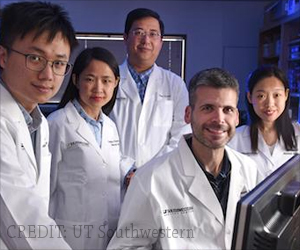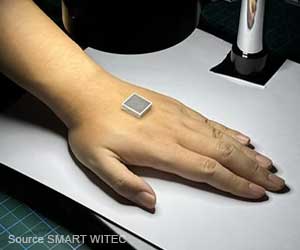The 3-D print gel may become 4-D as printed objects morph over time with temperature changes finds a new study.

TOP INSIGHT
Fast, high-resolution 3D printed hydrogels which remain solid and retain their shape despite containing water can be used to provide structural firmness to organs such as the lungs. They can also contain small molecules like drugs to be transported in the body and release where desired.
The smart gel could provide structural rigidity in organs such as the lungs, and can contain small molecules like water or drugs to be transported in the body and released. It could also create a new area of soft robotics, and enable new applications in flexible sensors and actuators, biomedical devices, and platforms or scaffolds for cells to grow, Lee said.
"The full potential of this smart hydrogel has not been unleashed until now," said Lee, who works in the School of Engineering. "We added another dimension to it, and this is the first time anybody has done it on this scale. They're flexible, shape-morphing materials. I like to call them smart materials."
Engineers at Rutgers-New Brunswick and the New Jersey Institute of Technology worked with a hydrogel that has been used for decades in devices that generate motion and biomedical applications such as scaffolds for cells to grow on. But hydrogel manufacturing has relied heavily on conventional, two-dimensional methods such as molding and lithography.
In their study, the engineers used a lithography-based technique that's fast, inexpensive and can print a wide range of materials into a 3D shape. It involves printing layers of a special resin to build a 3D object. The resin consists of the hydrogel, a chemical that acts as a binder, another chemical that facilitates bonding when light hits it and a dye that controls light penetration.
When temperatures exceed 32 degrees Celsius, the hydrogel begins to expel water and shrinks. The objects they can create with the hydrogel range from the width of a human hair to several millimeters long. The engineers also found that they can grow one area of a 3D-printed object - creating and programming motion - by changing temperatures.
Source-Eurekalert
 MEDINDIA
MEDINDIA



 Email
Email



